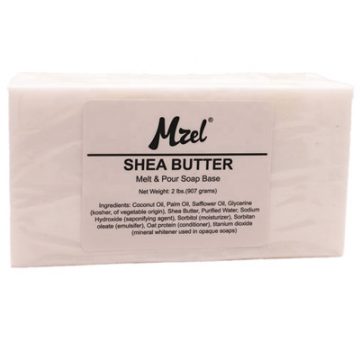1. Soap Molecules: Soap molecules are amphiphilic, meaning they have both hydrophilic (water-attracting) and hydrophobic (water-repelling) parts. The hydrophobic “tail” of the soap molecule is attracted to oils and fats, while the hydrophilic “head” is attracted to water.
2. Surface Tension: Water molecules naturally form cohesive bonds with each other, creating surface tension at the interface between water and air. This surface tension tends to resist the penetration of air or other substances into the water.
3. Micelle Formation: When soap is added to water, its hydrophilic heads are attracted to water molecules, while the hydrophobic tails are repelled by water and cluster together to form structures called micelles. The hydrophobic tails surround and encapsulate oily or greasy substances, like dirt and oils, allowing them to be suspended in water.
4. Emulsification: Micelles act as emulsifiers, breaking down oils and fats into smaller droplets. These smaller droplets become evenly distributed in the water, creating a suspension. This process is crucial for effective cleaning as it allows oils and dirt to be washed away.
5. Foaming Action: As you agitate or mix the soap solution, whether by rubbing your hands together or using a foaming dispenser, air becomes incorporated into the mixture. The hydrophilic heads of the soap molecules are attracted to water, while the hydrophobic tails align with the air at the surface of the mixture.
6. Micelle and Air Interaction: When the soap solution is agitated, the hydrophobic tails of the micelles stabilize the air-water interface. This causes the solution to trap air bubbles within the micelles, forming a foam. The micelles create a barrier around the air bubbles, preventing them from coalescing and collapsing the foam structure.
7. Foam Stability: The foam formed by soap and air is stabilized by the interfacial tension between the soap solution and air. The hydrophobic tails of the micelles at the air-water interface maintain the structure of the foam, preventing the air bubbles from merging and breaking down the foam.
In summary, the chemistry of foaming soap involves the interaction of soap molecules with water and air. Soap molecules form micelles that emulsify oils and dirt in the water, while also stabilizing air bubbles within the solution, resulting in the formation of a stable foam. This foam makes the soap solution more effective in cleaning and can enhance the overall sensory experience of using soap.








